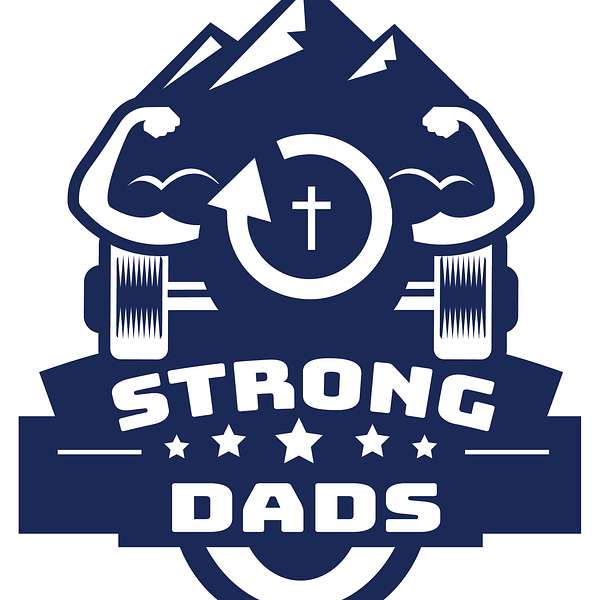
STRONG DADS!
STRONG DADS is hosted by Merrill Hutchinson and Andy Dalton. STRONG DADS strives to be an informative and entertaining discussion for all men but in particular, husbands and fathers. Our message is straight shooting, challenging, and encouraging to men that desire to follow their calling to be the man God designed them to be. We make no apologies for grounding our message in the Word of God. We also admit to being flawed. We readily admit to being sinners and challenged in many ways, however, we also know we are loved and called by God to be Strong Dads! With the help of local sponsors and the word spreading through listeners like you, Strong Dads is committed to building and strengthening families. The mission is to equip and empower dads to be all God created them to be.
STRONG DADS!
What Do You Know About Low Testosterone? Ep 251
Common Symptoms of Low Testosterone
Low testosterone, also known as hypogonadism, can manifest in a variety of ways. Here are some of the most common symptoms:
Decreased libido (sex drive)
Erectile dysfunction (ED)
Fatigue
Reduced muscle mass and strength
Increased body fat
Decreased bone density
Mood changes, such as depression or irritability
Cognitive difficulties, such as trouble concentrating or remembering things
Hair loss
Decreased testicular size
It's important to note that these symptoms can also be caused by other medical conditions, so it's essential to consult with your doctor for a proper diagnosis.
Total Testosterone vs. Free Testosterone
Total testosterone measures the total amount of testosterone in your blood, both bound to proteins and unbound.
Free testosterone measures the amount of testosterone that is not bound to proteins and is biologically active.
While both measurements are important, free testosterone is often considered a more accurate indicator of testosterone deficiency because it reflects the amount of testosterone that is available to your body's tissues.
Normal Testosterone Ranges
Normal testosterone levels can vary slightly depending on the laboratory and the specific assay used. However, in general:
Total testosterone: 300-1,100 ng/dL (nanograms per deciliter)
Free testosterone: 50-210 pg/mL (picograms per milliliter)
It's important to note that these are just general guidelines, and your doctor may consider other factors, such as your age and overall health, when interpreting your testosterone levels.
Risks and Benefits of Testosterone Replacement Therapy (TRT)
TRT can be an effective treatment for low testosterone, but it's essential to weigh the risks and benefits before starting therapy.
Risks:
Prostate enlargement
Increased risk of blood clots
Sleep apnea
Acne
Breast enlargement
Testicular shrinkage
Increased risk of heart problems
Benefits:
Improved libido and sexual function
Increased muscle mass and strength
Decreased body fat
Improved bone density
Improved mood and cognitive function
Increased energy levels
Here are some proven natural ways to potentially increase testosterone levels without replacement therapy:
1. Exercise and Lift Weights
Exercise is a powerful way to boost testosterone levels.
Resistance training, like weightlifting, is particularly effective.
High-intensity interval training (HIIT) can also be beneficial.
2. Eat a Balanced Diet
3. Manage Stress
Long-term stress can elevate cortisol levels, which can negatively impact testosterone.
4. Get Enough Sleep
Aim for 7-9 hours of sleep per night.
5. Get Some Sun or Take Vitamin D Supplements
Vitamin D is linked to testosterone production.
6. Maintain a Healthy Weight
7. Limit Alcohol Consumption
8. Consider Certain Supplements - Do your homework
https://rocksolidfamilies.org
#Rocksolidfamilies,#familytherapy,#marriagecounseling,#parenting,#faithbasedcounseling,#counseling,#Strongdads,#coaching,#lifecoach,#lifecoaching,#marriagecoaching,#marriageandfamily,#control,#security,#respect,#affection,#love,#purpose,#faith,#mastersofdisaster,#storms,#disasterrelief,#tornados,#hurricanes,#floods